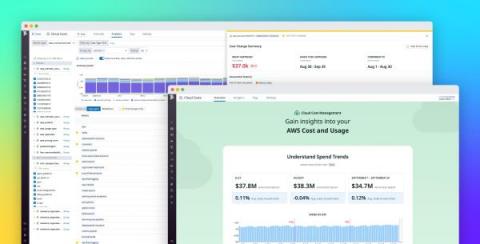Operations | Monitoring | ITSM | DevOps | Cloud
Cost Management
The latest News and Information on Cost Management and related technologies.
How To Build A Case For Your Cloud Cost Optimization Opportunity
Gain visibility and control of your cloud spend with Datadog Cloud Cost Management
To optimize its cloud investments, your organization needs internal stakeholders to act on shared knowledge about its cloud costs and cloud usage. But in practice, it’s difficult for organizations to gain a high degree of clarity about their cloud spending. The factors contributing to cost data are not normally visible to all stakeholders, and it’s often impossible to attribute costs to the teams, services, and applications that incurred them.
AWS Vs. Azure Pricing: An Essential Guide For 2022
Cost Advisor: Optimize and Rightsize your Kubernetes Costs
Kubernetes has broken down barriers as the cornerstone of cloud-native application infrastructure in recent years. In addition, cloud vendors offer flexibility, speedy operations, high availability, SLAs (service-level agreement) that guarantee your service availability, and a large catalog of embedded services. But as organizations mature in their Kubernetes journey, monitoring and optimizing costs is the next stage in their cloud-native transformation.











